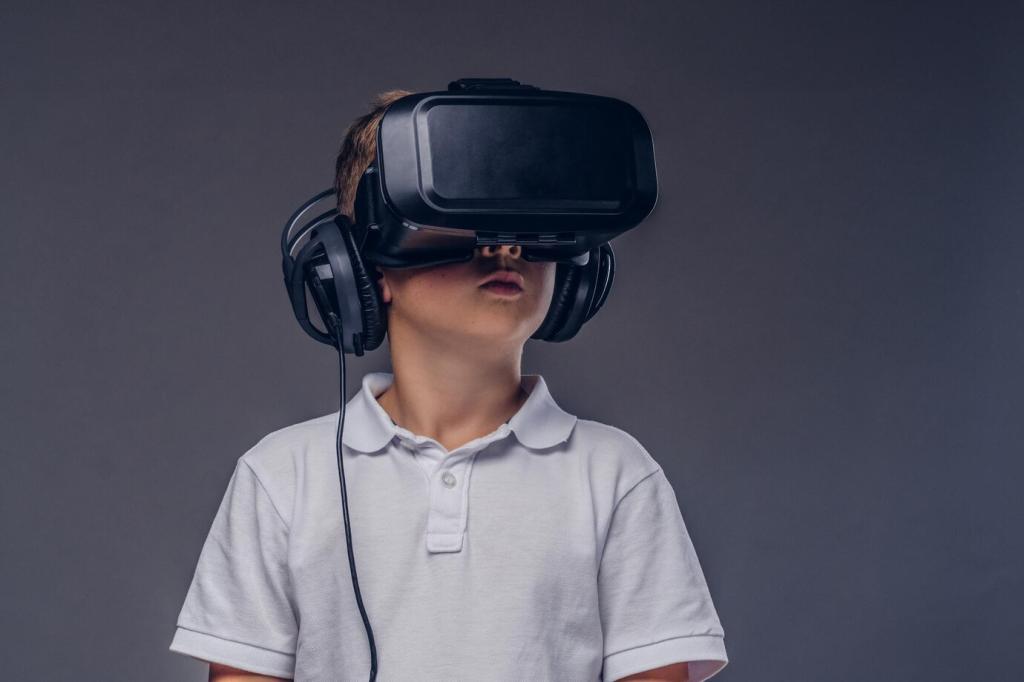
The Evolution and Impact of Immersive Virtual Reality
Immersive Virtual Reality (VR) has transformed from a visionary concept to a vital technology shaping how people interact, learn, work, and experience entertainment. By creating a fully interactive digital environment, VR engages multiple senses and has opened doors to novel applications across industries. The story of immersive VR is one of technological triumphs, creative innovation, and broad societal impact, making it a cornerstone in the ongoing digital revolution.
The Early Foundations of Immersive Virtual Reality
Theoretical Beginnings
The imagination behind VR began in the realms of science fiction and speculative academia, where authors and thinkers dreamed of machines that could simulate reality. These early concepts revolved around creating a sense of presence within an artificial space, fostering early hypotheses about user perceptions and sensory engagement. Such visionaries posited that technology could eventually fool the senses, allowing an individual to feel present in an entirely constructed reality.
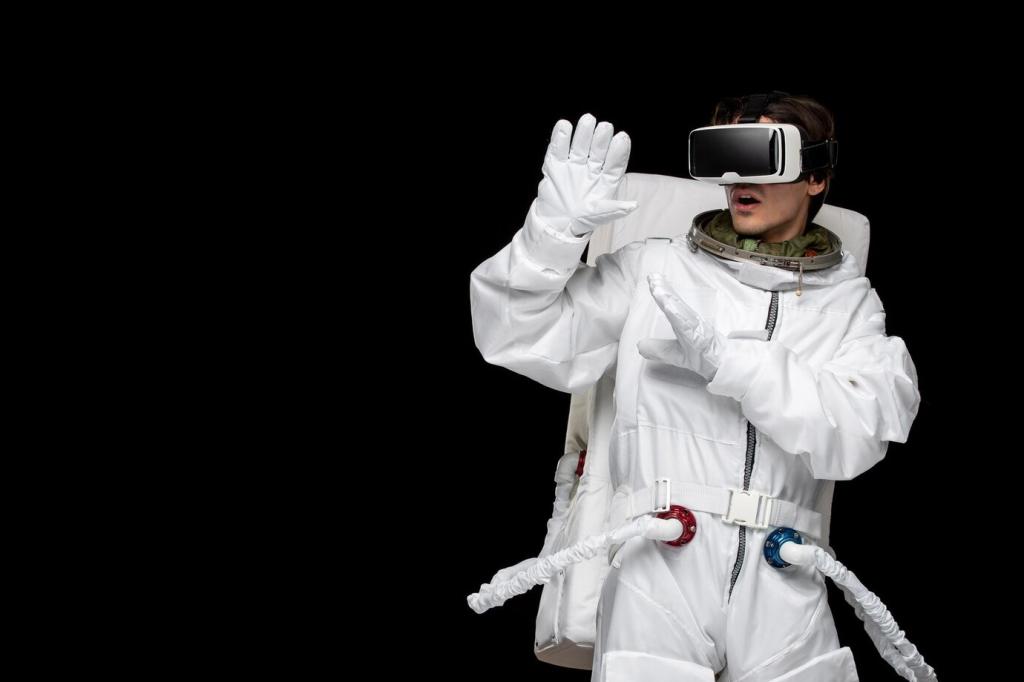
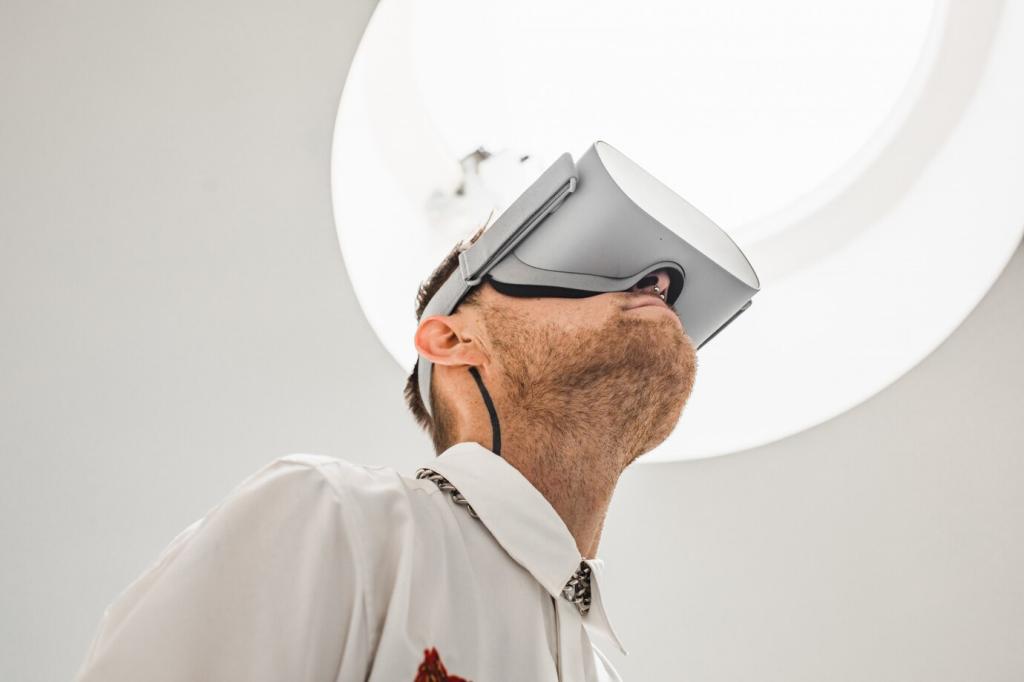
Previous slide
Next slide
VR in Entertainment and Gaming
Immersive VR gaming offers an unprecedented level of interaction and involvement. Players are no longer mere observers—they inhabit virtual worlds, manipulating objects naturally and responding physically to challenges. This hands-on engagement turns every action into an experience, fostering deeper emotional connections and making gameplay both personal and memorable.

Transformative Impact on Education
Experiential Learning
In VR classrooms, students can interact directly with educational content—dissecting virtual frogs, exploring historical sites, or conducting complex physics experiments. This experiential approach helps abstract or difficult subjects become tangible, cementing concepts through immersive, practical application.
Training and Simulation
Many industries, from aviation to medicine, leverage VR for safe, realistic training scenarios. Trainees can practice intricate procedures or emergency responses in controlled environments, gaining confidence and competence before working with real systems or patients. These simulations often accelerate skill acquisition while reducing overall training costs and risks.
Global Accessibility
VR can dissolve geographic and economic barriers to high-quality education. Learners in remote or underserved communities can access immersive classrooms, participate in live field trips, or collaborate with peers worldwide. This democratization of education brings rare and advanced learning experiences within reach for anyone with a compatible headset.
VR’s Role in Healthcare
Therapeutic Uses
Healthcare professionals deploy VR for both physical and psychological therapies. Programs for phobia reduction, pain distraction, and cognitive rehabilitation utilize immersive virtual environments to support healing and recovery in ways traditional treatments cannot, customizing experiences to meet individual patient needs.
Medical Training and Visualization
VR enables medical students and surgeons to explore detailed 3D models of human anatomy, practice procedures, and rehearse complex surgeries with virtual patients. The ability to visualize difficult cases in three dimensions improves diagnostic accuracy and boosts practitioner preparedness, contributing to safer, better health outcomes.
Patient Engagement
Immersive VR experiences help patients understand upcoming procedures, manage anxiety, and participate in interactive health education. This engagement can foster trust and cooperation between patients and providers, improving adherence to treatment plans and overall satisfaction with care.
Industrial and Business Applications
VR is revolutionizing industrial design by rendering physical prototypes unnecessary in many cases. Designers and engineers can visualize products, manipulate components, and simulate real-world conditions, iterating concepts swiftly while collaborating globally. This digital prototyping slashes costs, accelerates timelines, and allows for more creative exploration.
From hazardous work environments to intricate manufacturing roles, VR delivers effective, scalable training. Employees refine their skills and safety protocols in simulated scenarios that closely mirror real conditions, reducing the risk of on-the-job accidents and raising overall workforce competency without the need for expensive or dangerous physical setups.
As remote work becomes commonplace, VR creates new possibilities for team meetings and project management. Virtual workspaces allow geographically dispersed colleagues to interact in shared environments, manipulating data, brainstorming on 3D visualizations, and fostering deeper engagement than traditional video conferencing.

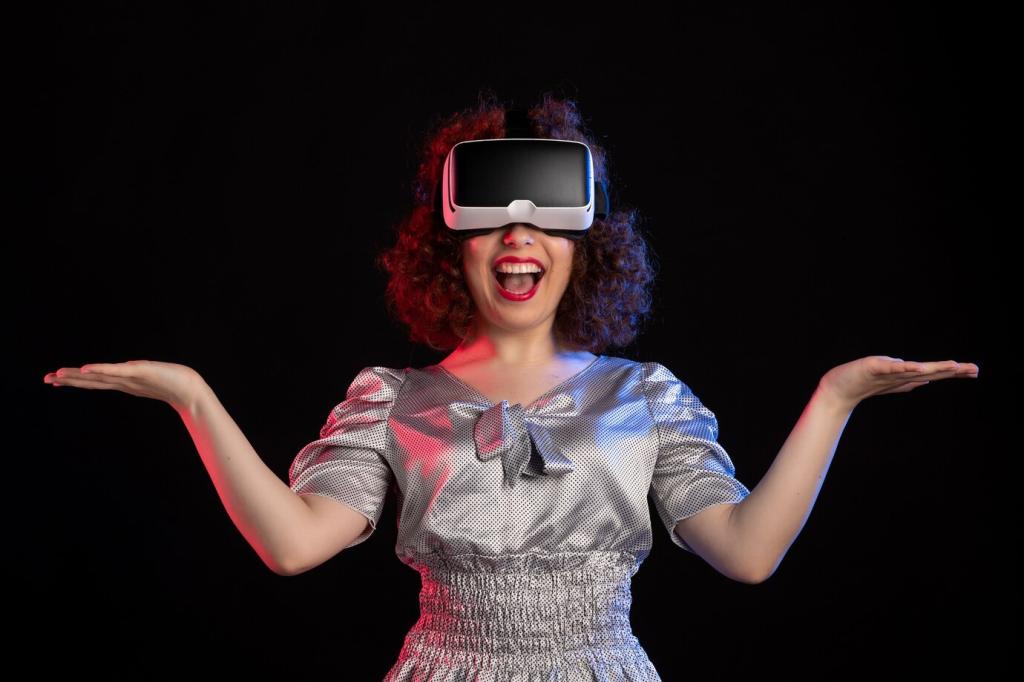
Empathy and Perspective-Taking
VR has a unique ability to let users experience life from another person’s perspective, encouraging empathy. Simulations that place users in different cultural, social, or physical contexts can increase social awareness and compassion, which is being harnessed in campaigns for social change and diversity.
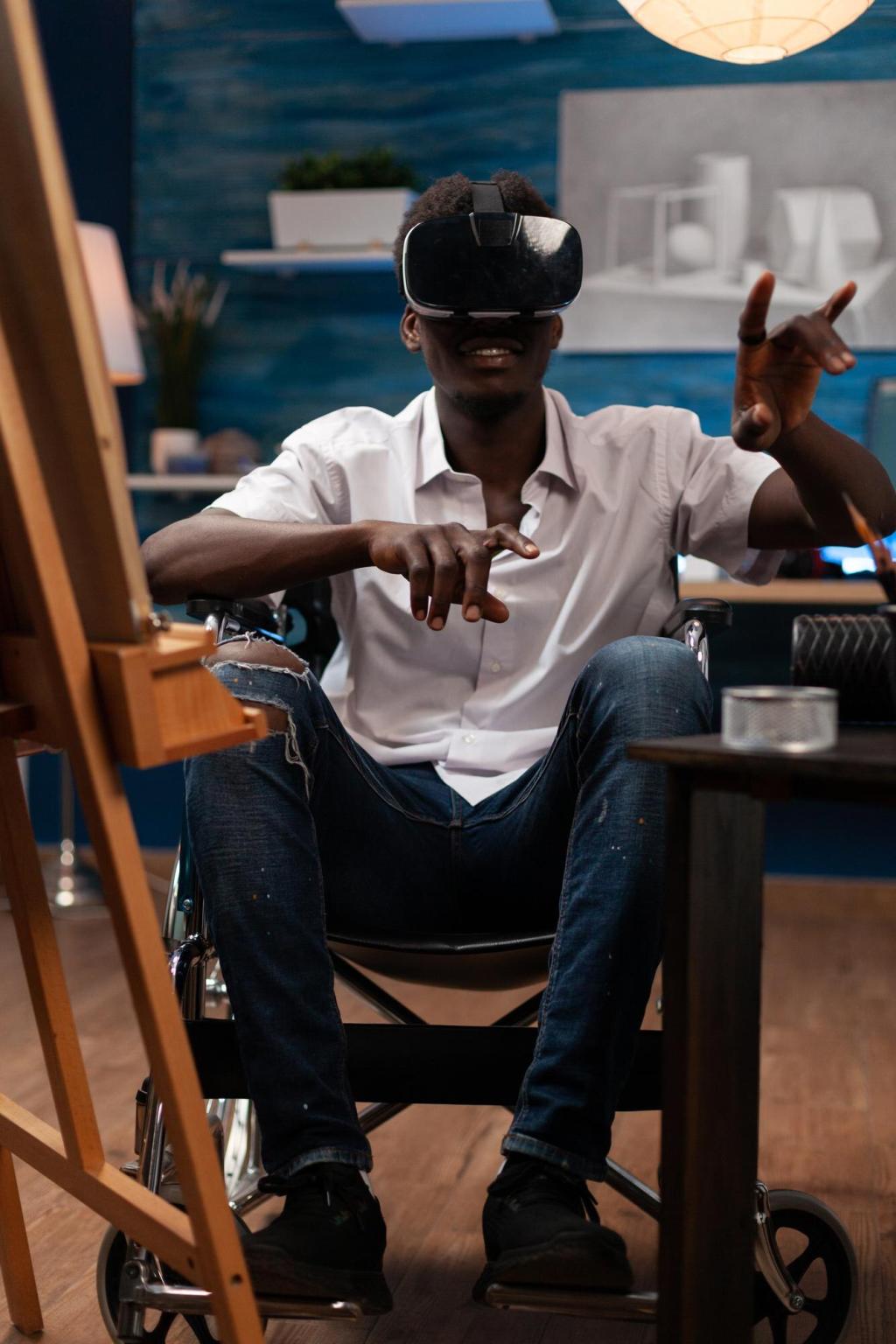
Potential for Addiction
The compelling nature of immersive VR raises concerns about overuse or escapism. With engaging, lifelike worlds available anytime, there is potential for users to withdraw from real-life responsibilities or relationships. Addressing these risks involves both technological solutions, such as usage tracking, and social safeguards.
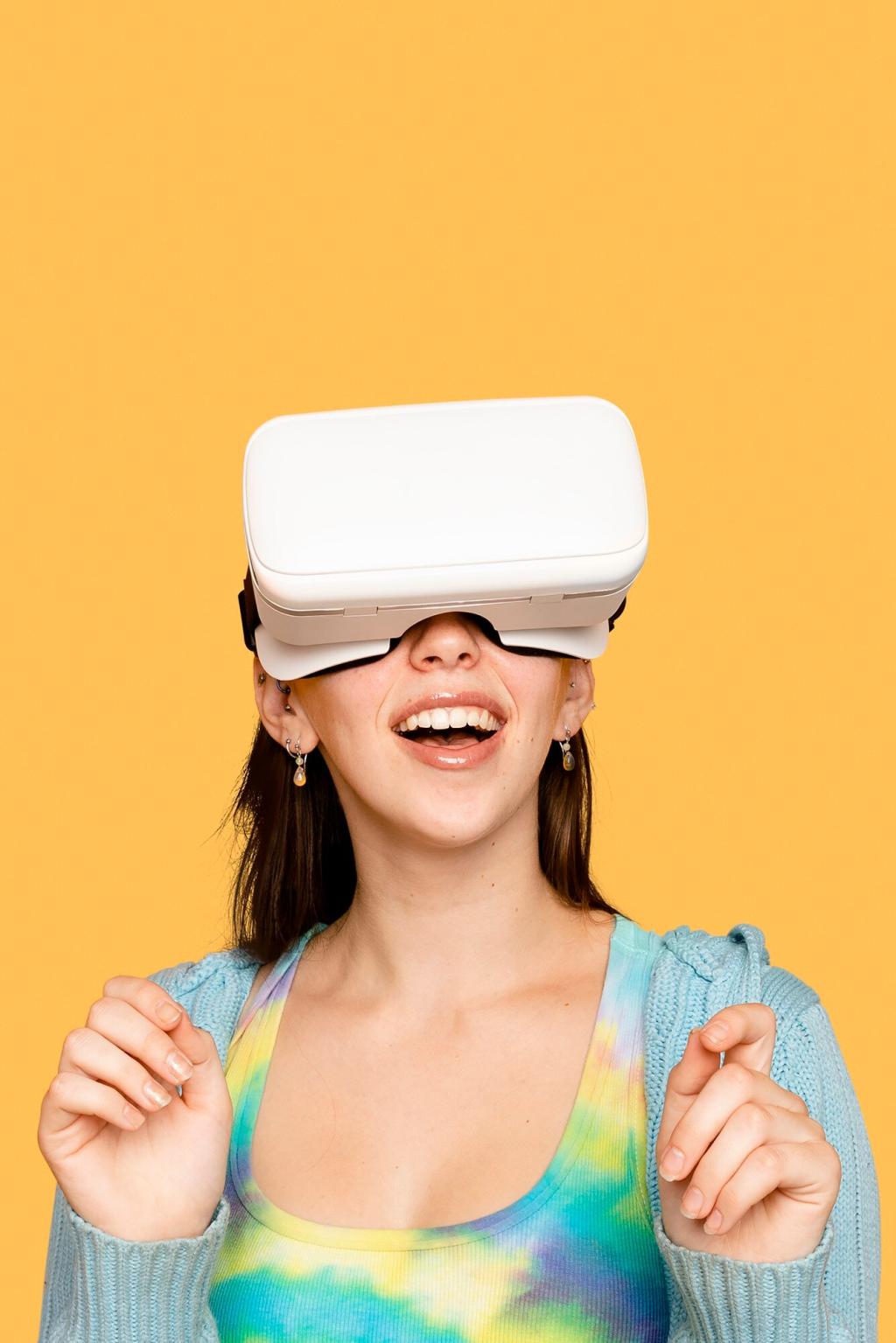
Shifting Social Interactions
VR changes the nature of social interaction by bringing people together in virtual spaces. While this can bridge distances and foster genuine connection, it also raises questions about identity, privacy, and the blurring of digital and physical relationships. Navigating these changes responsibly will be crucial as immersive VR becomes more deeply woven into daily life.
